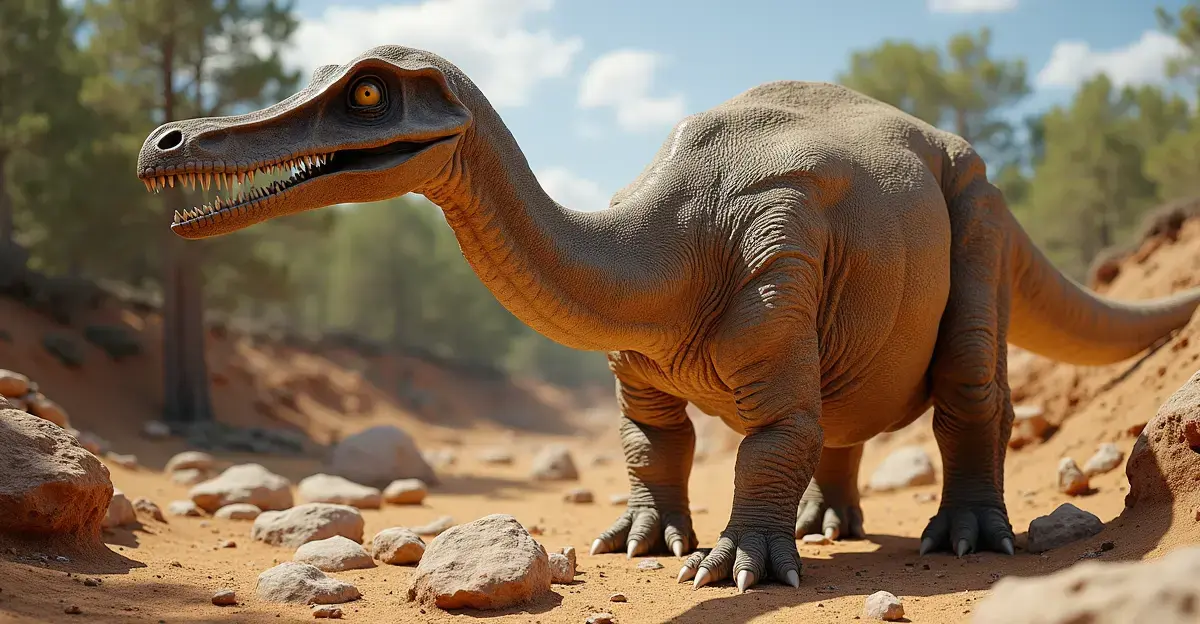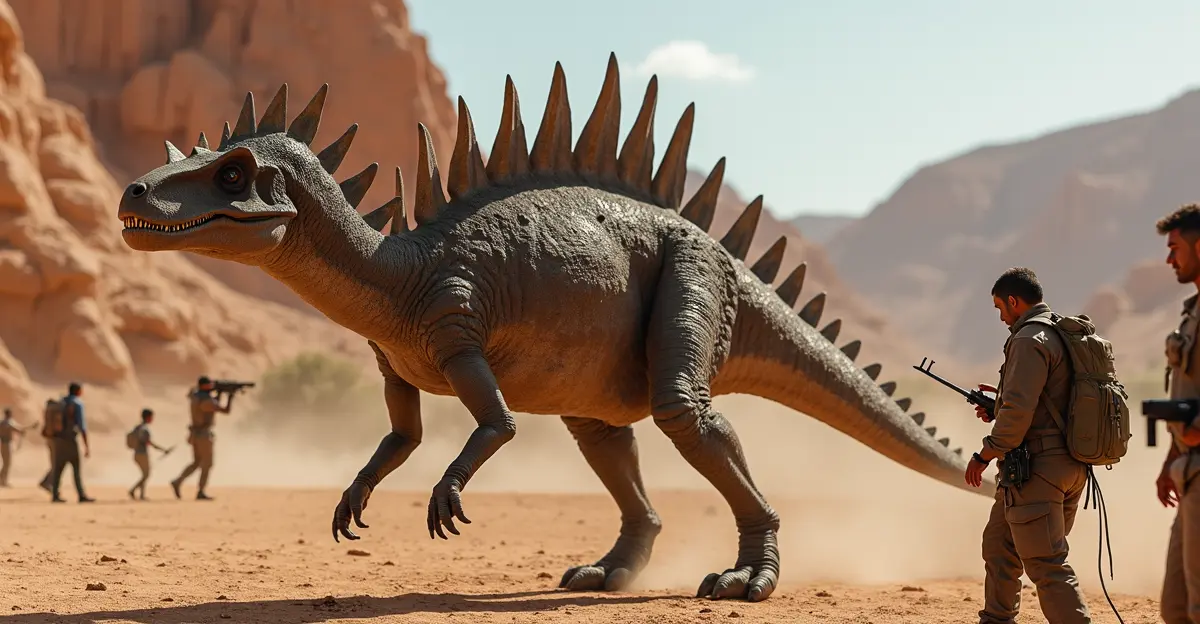A 230-million-year-old dinosaur fossil discovered in Argentina reveals early evolution of long necks in sauropods, rewriting our understanding of when giant dinosaurs began developing their distinctive features.

Groundbreaking Discovery in Argentinian Andes
Paleontologists have made a stunning discovery in the remote Andes mountains of Argentina that's rewriting our understanding of dinosaur evolution. The nearly complete fossil of a new dinosaur species, named Huayracursor jaguensis, has been unearthed at an altitude of 3,000 meters in La Rioja province. Dating back approximately 230 million years to the Late Triassic period, this remarkable find represents one of the oldest dinosaur fossils ever discovered and provides crucial insights into how giant long-necked dinosaurs evolved.
Exceptional Preservation and Significance
The fossil, described in a groundbreaking study published in Nature, is exceptionally well-preserved with part of the skull still intact, a complete vertebral column including the tail, and nearly complete forelimbs and hind limbs. This level of preservation is extremely rare for fossils of this age, making Huayracursor jaguensis a particularly valuable specimen for understanding early dinosaur anatomy and evolution.
Lead researcher Martín Hechenleitner from Argentina's CONICET research institute explained the significance: 'These aspects confirm a very early and simultaneous appearance of both characteristics that were fundamental for the evolutionary history of sauropodomorphs.' The discovery shows that the evolution of sauropods - the group that would later include massive giants like Argentinosaurus and Patagotitan - began much earlier than previously thought.
Early Evolution of Long Necks
What makes Huayracursor particularly fascinating is that it already possessed a significantly longer neck than other dinosaurs from the Triassic period (252 to 201 million years ago). Measuring about 2 meters in length and weighing approximately 18 kilograms, this herbivorous dinosaur represents an important intermediate stage in the evolution toward the enormous sauropods that would dominate the Jurassic and Cretaceous periods.
Co-researcher Agustín Martinelli highlighted the importance of the discovery location: 'The fossil was found in a relatively unexplored area where little fossil hunting has been done. That opens the possibility for major discoveries. It's rare that one can say that totally new sites have been discovered, with fauna that is extraordinarily well-preserved and abundant.'
New Insights into Dinosaur Diversification
The discovery site, known as Quebrada Santo Domingo in the Northern Precordillera Basin, contains other typical Late Carnian fauna including hyperodapedontine rhynchosaurs, gomphodontosuchine traversodontid cynodonts, and aetosaurs. This expands our understanding of early dinosaur evolution in South America beyond the previously known Ischigualasto-Villa Unión and Paraná basins.
According to the research published in Nature, Huayracursor shows intermediate characteristics between known Carnian and Norian sauropodomorphs. The dinosaur is notably larger than its Carnian counterparts and exhibits incipient elongation of cervical vertebrae, providing crucial evidence for the evolutionary transition toward increased body mass and neck elongation in early Sauropodomorpha.
Hechenleitner expects that Huayracursor jaguensis will become 'a reference' in studies of early sauropod evolution, 'and dinosaurs in general.' The discovery fundamentally changes our understanding of when and how the distinctive features of sauropods - particularly their long necks and massive bodies - began to evolve.
Future Research Implications
The research team believes this discovery opens up exciting new possibilities for paleontological research in the region. Martinelli expressed hope for future discoveries: 'I hope in the future for more, similar finds.' The relatively unexplored nature of the discovery area suggests there may be many more significant fossils waiting to be uncovered.
This finding not only provides new information about early dinosaur evolution but also demonstrates the importance of exploring new geological formations and remote locations. The high-altitude discovery in the Andes mountains shows that significant paleontological treasures can still be found in challenging environments that have received little scientific attention.

 Nederlands
Nederlands
 English
English
 Deutsch
Deutsch
 Français
Français
 Español
Español
 Português
Português









